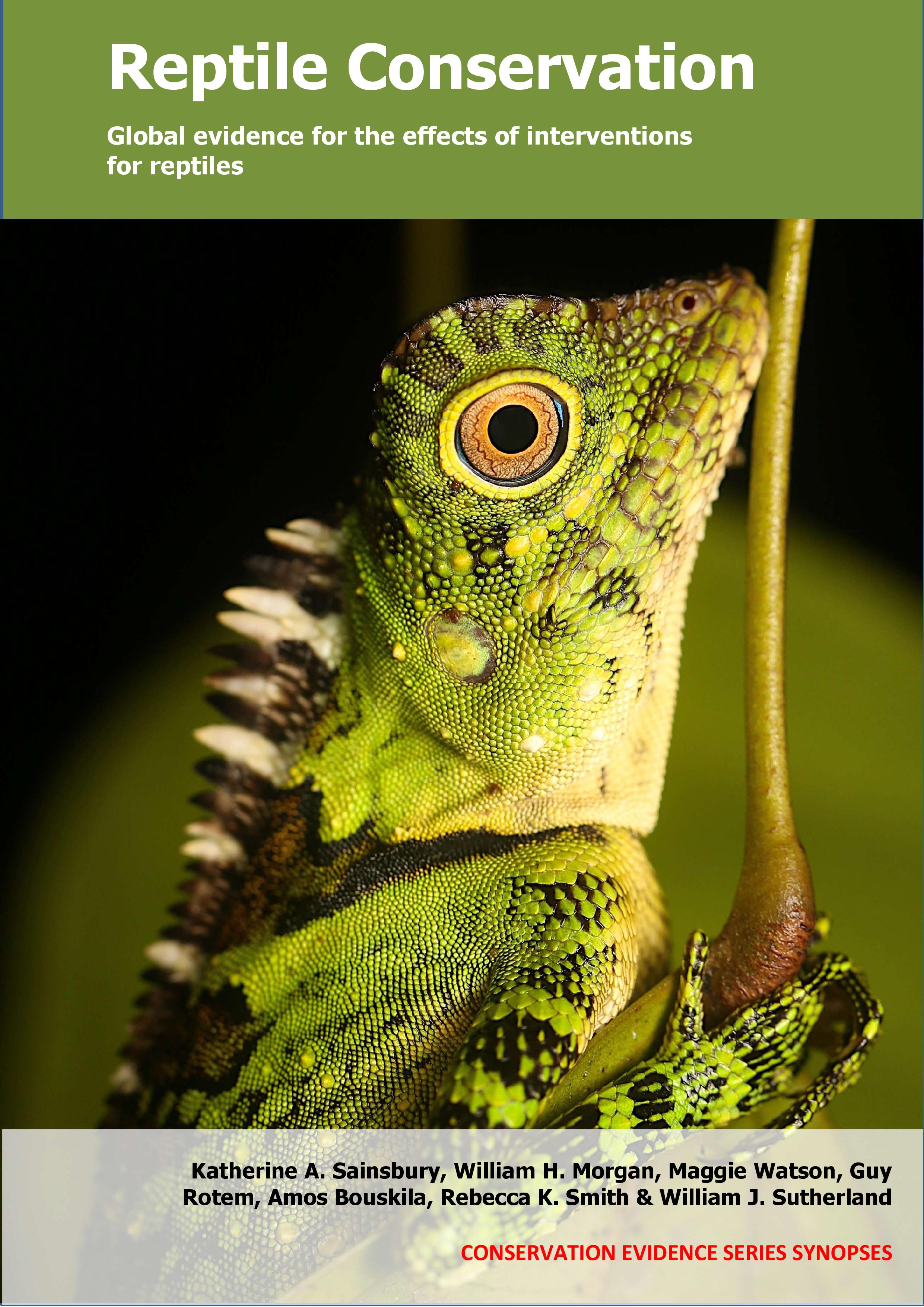Use shelterwood harvesting
-
Overall effectiveness category Awaiting assessment
-
Number of studies: 2
View assessment score
Hide assessment score
How is the evidence assessed?
-
Effectiveness
not assessed -
Certainty
not assessed -
Harms
not assessed
Study locations
Supporting evidence from individual studies
A replicated, randomized study in 2001–2005 in three sites of secondary broadleaf forest in Alabama, USA (Felix et al. 2008) found that using shelterwood harvesting resulted in lower abundance of juvenile eastern box turtles Terrapene carolina Carolina compared to areas that were clearcut. Abundance was lower in shelterwood plots (0.001 turtles/trap night) compared to clearcut plots (0.002 turtles/trap night). In autumn 2001, three sites were split in to three plots (4 ha plots), and plots were randomly selected for shelterwood harvesting (25–50% tree retention; 2 plots/site) or clearcutting (0 % retention, 1 plot/site). Trees were felled with a chainsaw and dragged out (using a grapple skidder). In July–August 2002 and March–September 2003–2005, three drift fences (15 m long) and three artificial pools for capturing reptiles (91 x 61 x 46 cm, buried in centre of each plot) were installed in each plot. Drift fences were opened intermittently for periods of five days and checked daily for a total of 1,455–1,575 trap nights/patch.
Study and other actions testedA replicated, randomized, controlled, before-and-after study in 2008–2014 in an upland mixed oak forest in the Appalachians, USA (Greenberg et al. 2016) found that shelterwood harvesting increased lizard but not overall reptile and snake species richness and abundance compared to no management. Overall lizard species richness and capture rates increased after shelterwood harvesting (species richness: 0.8–1.5 species/100 fence nights, abundance: 0.5–1.3 individuals/100 fence nights) compared to no management (0, 0–0.1). Overall reptile and snake species richness and abundance were similar after shelterwood harvesting (overall reptile abundance: 0.7–1.7 captures/100 fence nights), compared to no management (overall reptile abundance: 0.2–0.7 captures/100 fence nights; snake abundance and all reptile and snake species richness data presented as model outputs). See paper for changes in individual species abundances. Shelterwood harvesting was carried out in 2009–2010 in 4–5 replicate plots of 225 x 225 m. Trees were felled with chainsaws and grapple cutters and dragged to log landings. Monitoring took place using drift fences, pitfall and funnel traps in May-August one year pre-treatment (2008) and five years post treatment (sampled in 2010, 2011, 2013, 2014). Plots of the same size and number without any management applied were monitored at the same time.
Study and other actions tested
Where has this evidence come from?
List of journals searched by synopsis
All the journals searched for all synopses
This Action forms part of the Action Synopsis:
Reptile Conservation
Reptile Conservation - Published 2021
Reptile synopsis





)_2023.JPG)














